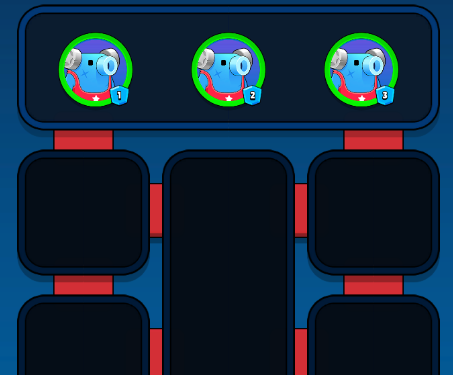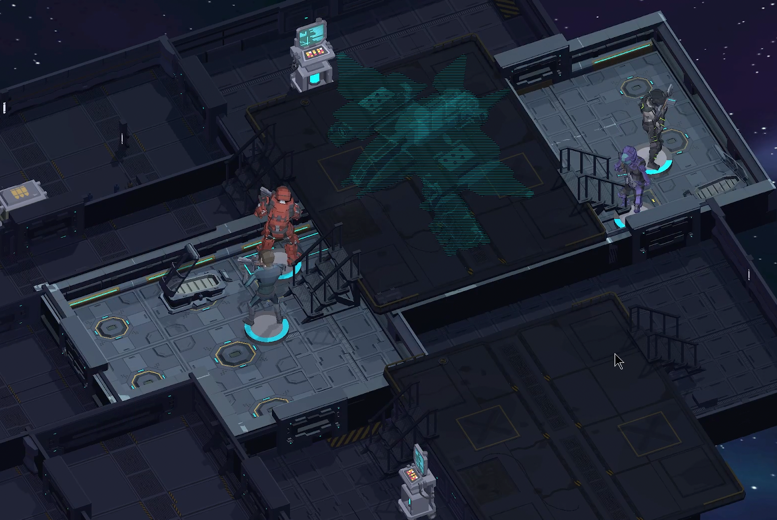| Short: |
Turn-based tactical game |
| Tech: |
Unity |
A prototype that we made for an investor collective in the US. While I can't delve into gameplay details since it's under NDA, generally it was a turn-based tactics game, developed in Unity, in 3D, and targeting desktop and browser (via WebGL).
Initially the project was made in 2D by another member of the team, and at that stage, it was due for major expansion, both in gameplay and visuals. I overtook the project and worked on it bringing it to 3D with animations, custom shaders, and a new UI.
My responsibilities were:
- Most of the programming at the point when I overtook the development
- Development planning and estimation
- Game design brainstorming, ideas, and balance tweaks
- Adapting and refactoring old code to fit with gameplay changes
- Figuring out a new art style for the project and implementing it
Challenges on the project:
-
Legacy code refactoring - there was a game there already, but then major gameplay reworks came. I've made great strides to preserve the bits of the code that were still useful while rewriting the parts not suitable for expansion
-
Transition to 3D brought along some challenges when it came to the readability and clarity of what happens on the screen. I had to redo the visuals quite a few times before I've settled on an approach that worked for both gameplay and UX purposes:


- Fights are very dynamic in nature and scale; simple a 1-1 can become an all-out firefight involving everyone on the map, which was quite tricky to get right both from a technical standpoint and from visual clarity one.
- As in any strategy game major part of it is information. I had to develop a system that tracked information that the player saw during the round so that later it can be shown on screen by using visual cues. To display those I've developed a hologram-like shader.
- Stylistically game was made with a "tabletop came alive" approach, with figurines having animations while still standing on their stands. It worked great for the gameplay since the scale of the objects can be whatever UX needs it to be while still looking appropriate to the setting.
Units are oversized for clarity, but that fits well with tabletop stylistics.